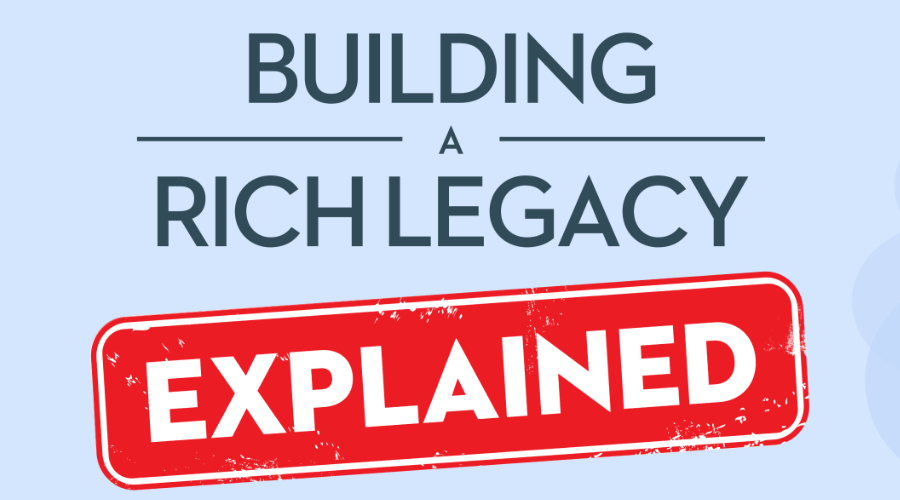The landscape of retirement planning in Canada is evolving, demanding a more dynamic approach than ever before. Traditional strategies that were once relied upon are now being challenged by several factors reshaping the retirement landscape.
Firstly, Canadians are enjoying longer life expectancies, with retirement potentially stretching over two to three decades. Moreover, people are changing the ways they want to spend their retirement years. Many Canadians now prefer to age in place and pursue active lifestyles, leading to increased expenses and the need for greater financial flexibility during retirement.
Economic factors also complicate matters, with rising inflation rates and real estate markets becoming increasingly volatile and affecting retirement strategies such as downsizing.
In this dynamic environment, retirement planning is essential to ensure financial security and to meet the evolving needs of Canadian retirees.
Here is a list of 6 steps that will help you get your retirement ready:
1. Set your retirement goals:
Determine a retirement plan that includes your desired retirement age, potential post-retirement work, financial obligations, and family support commitments.
2. Compare current spending with expected retirement spending:
Monitor your current spending on needs versus wants and adjust for expected post-retirement expenses. Use of tools like a budget calculator can help provide the financial planning required to achieve your ideal retirement.
3. Start saving early:
The age at which you start saving can have a significant impact on how much you need to save for your retirement later in life. Take advantage of saving tools and put aside as much as you can.
4. Plan for unexpected costs:
You may face expenses that arise when you least expect them, so it’s essential that you set aside some money for such contingencies. Financial experts usually suggest that you set aside at least three months of your living expenses for this purpose.
5. Consult a financial planner:
Meeting with professional financial planners can be very useful as they can help you evaluate and select retirement plans, restructure your accounts to be tax-efficient, and adapt your savings to your retirement goals.
6. Minimize your post-retirement financial commitments:
In order to enjoy your retirement, you may have to keep your post-retirement financial commitments to a minimum. This could mean not taking additional credit cards, reducing your monthly spending, and repaying your debts as soon as possible.
For many Canadians, the main difficulty when considering how to transition to retirement is being able to finance a comfortable retirement lifestyle. Even with a financial advisor’s help, many people can find that they simply don’t have the necessary finances they need to retire when they want, how they want.
For Canadian homeowners aged 55+, there is a way to boost your retirement income which can help you in fully transitioning to retirement, without having to work. A CHIP Reverse Mortgage from HomeEquity Bank allows you to cash in up to 55% of the value of your home. You can receive this tax-free money either in a lump sum or in regular payments, to allow you to increase your retirement income to a level that allows you to live retirement on your terms.
A key advantage of a reverse mortgage is that you don’t have to make regular mortgage payments. You only pay back what you owe when you move out or sell your home, so your retirement income isn’t negatively impacted.
You can find out how much you qualify for with a CHIP Reverse Mortgage by calling us at 1-866-522-2447 or by using our reverse mortgage calculator.































